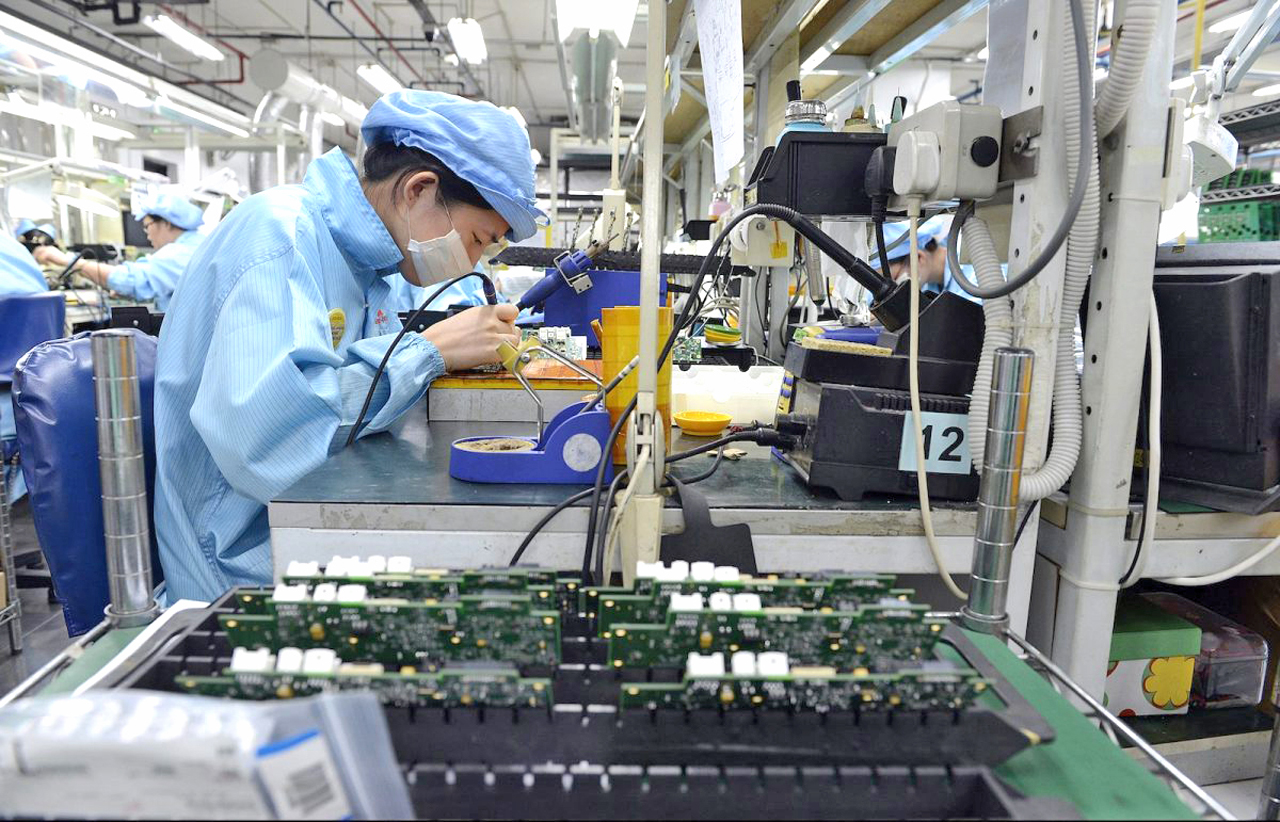
Globally the IT spend is expected to grow at a rate of 1.3 per cent compared to the earlier prediction of 5.1 per cent, with China impacted the most while APEJC is expected to decline by two per cent. — AFP photo
SINGAPORE: The Coronavirus Disease 2019 (Covid-19) pandemic continues to hamper economic activities around the globe impacting businesses and industries at nearly every level, and IT markets will not be spared.
In January 2020, IDC originally forecasted Asia/Pacific excluding Japan and China (APEJC) IT spending to grow by over 5.2 per cent (in constant currency) this year due to the expected boost in hardware, software, and services spending on infrastructure as enterprises implement digital transformation projects.
However, early indicators from the first quarter reveals APEJC IT spending in 2020 would significantly drop to 1.2 per cent growth (pessimistic scenario) or worse based on forecast adjustments from the Covid-19 impact across the region, according to the February IDC Worldwide Black Book Live Edition.
Globally the IT spend is expected to grow at a rate of 1.3 per cent compared to the earlier prediction of 5.1 per cent, with China impacted the most while APEJC is expected to decline by two per cent. Due to the extended uncertainty period and rising cases of Covid-19, these growth forecasts are predicted to further decline as we approach the March prediction.
“Some of the biggest impact we have seen as a result of Covid-19 are the changing demands on technologies, processes, and mindset as they relate to work-from-home (WFH) mandates and supply chain disruptions,” said IDC Asia/Pacific Group vice president, Practice Group Sandra Ng.
Ng added, “Not all organisations have the culture or the experience in enabling a WFH workforce. Even for organisations in the tech industry, the increased capacity load on network, cloud and other technologies is unprecedented. Based on the latest data of our Future of Work Employee Survey 2020, in countries like Singapore, India, Hong Kong and ANZ where considerable organizations provide WFH, we have already seen an uptake of video meetings, audio conference calls, and collaboration platforms as a result of rethinking work.”
“For supply chain disruptions, which started in China and has rippled around the globe – the challenges of logistics are keenly felt as countries employ border controls and restrict movement of people. This impacts SMB’s the most, which in turn will have impact on all organizations as non-delivery of a single screw can mean even the largest product cannot be assembled and shipped,” said IDC Insights Asia/Pacific managing director Christopher Holmes.
Devices (which includes personal computing, mobile phones and peripherals) make around 80 per cent of the overall hardware spend and drives the overall IT spend in the region. According to IDC, sales of devices would be significantly impacted under a pessimistic forecast, creating both a supply-side production crunch as well as increasing demand-side challenges as the virus spreads to other countries.
Software spending would see a slowdown due to business impact in transportation, manufacturing, retail, personal and consumer services, and banking (lending), which consequently is delaying the discretionary spend on software licenses.
IDC estimated that the impact would be seen across all software markets like application development and deployment, applications, and system infrastructure software with the exception of digital workplace, cloud platform and automation technologies which can aid in the current situation.
Compared to hardware, the Covid-19 pandemic has a constrained negative impact on the IT services market. IT services spending which was estimated to grow by 5.6 per cent will now register a growth of 4.6 per cent instead in 2020. This dip is observed due to the renegotiation of contracts, especially those due for extension or renewal this year.
The overall Asia/Pacific excluding Japan (APEJ) services market is likely to experience a hit in the first eight to nine months and rebound in the remaining of the year (should the virus be contained by early 3Q in the region).
While the outbreak negatively impacts the overall sentiment of enterprise spend, especially among sectors like travel, retail, hospitality, supply chains, and manufacturing, it also heightens the need for enterprises to bolster remote working capabilities and digital collaboration infrastructure (such as handling exponential increase in simultaneous video sessions).
